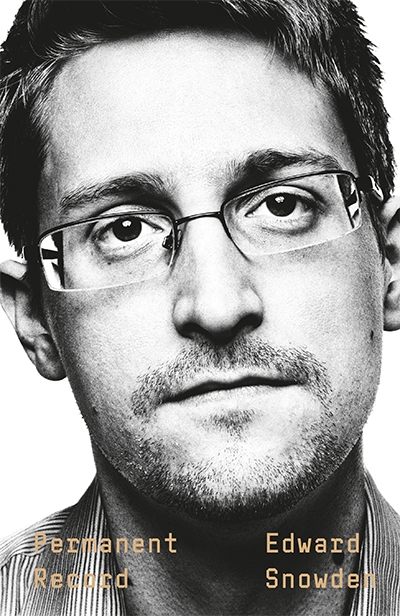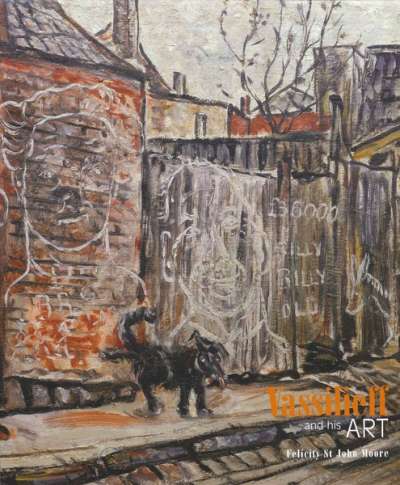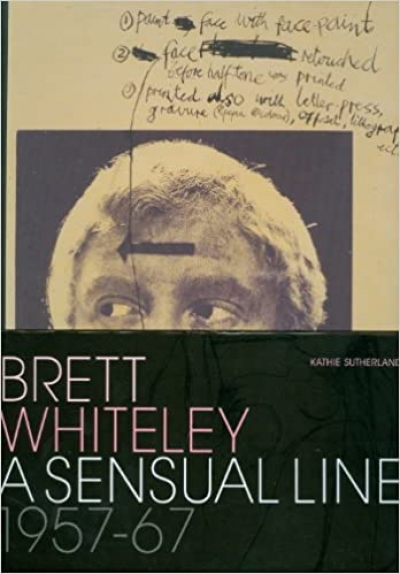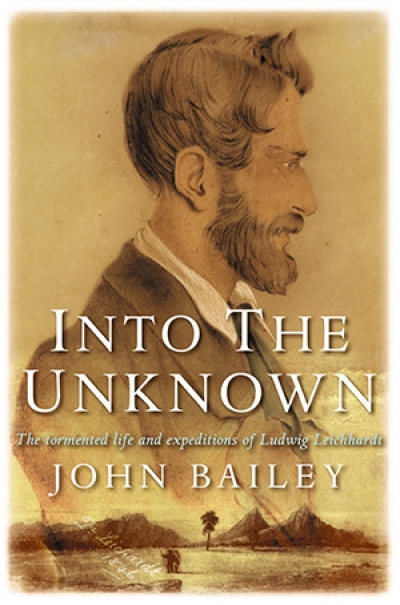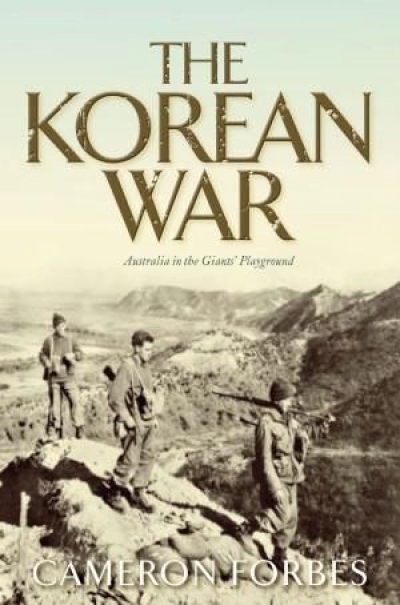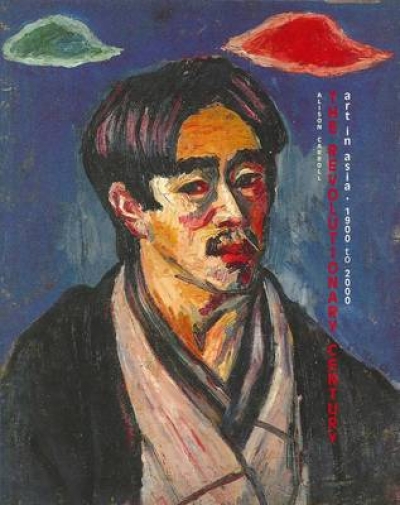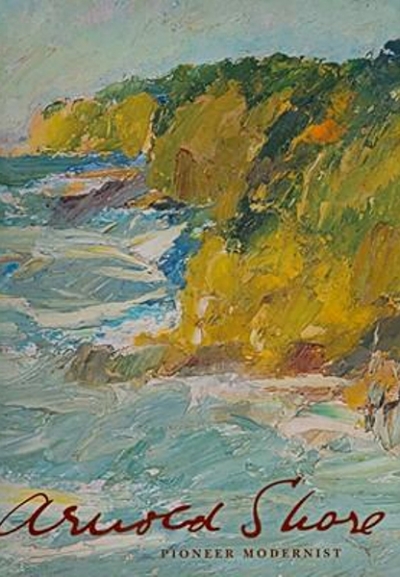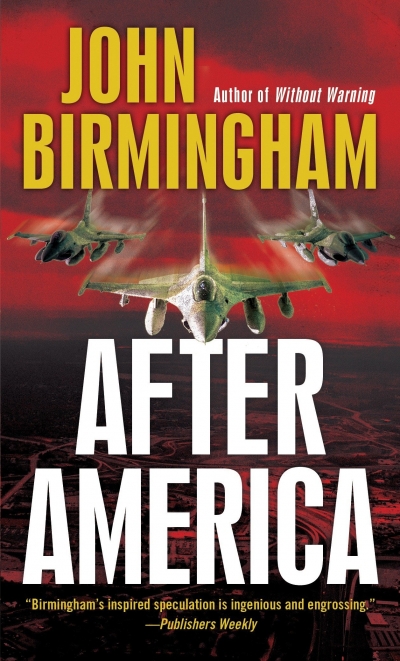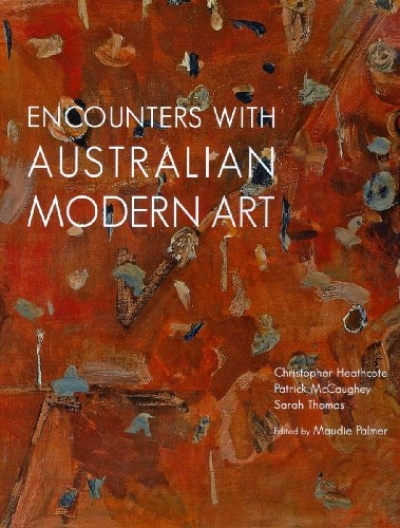Macmillan
Vassilieff and His Art by Felicity St John Moore
by Robin Wallace-Crabbe •
Brett Whiteley: A sensual line 1957–67 by Kathie Sutherland
by Vivien Gaston •
Into the Unknown: The Tormented Life and Expeditions of Ludwig Leichhardt by John Bailey
by Darrell Lewis •
The Korean War: Australia in the Giant’s Playground by Cameron Forbes
by Richard Broinowski •
The Revolutionary Century by Alison Carroll & Every 23 Days by Sarah Bond, Alison Carroll and Claire Watson
by Peter Hill •
Encounters with Australian Modern Art by Christopher Heathcote, Patrick McCaughey and Sarah Thomas
by Daniel Thomas •

